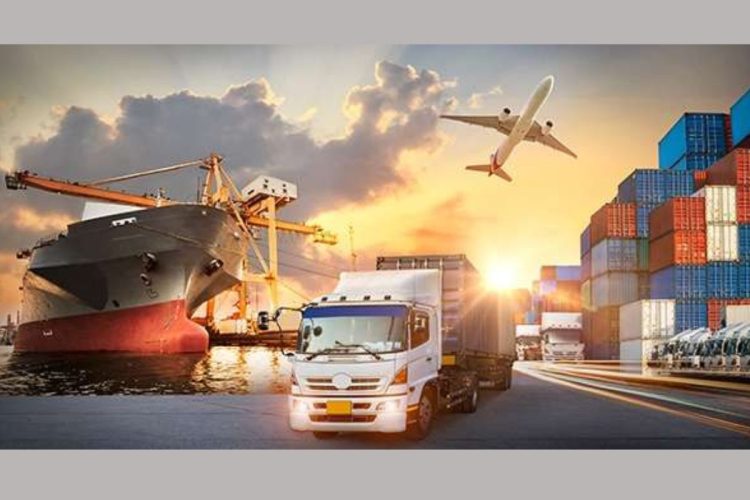The Netherlands, with its strategic location and state-of-the-art logistics infrastructure, is a central hub for international trade in Europe. Shipping to Netherlands can be a smooth process, provided that shippers adhere to the country’s regulations and leverage its efficient systems.
This article offers a comprehensive guide to help individuals and businesses navigate the intricacies of shipping goods to the Netherlands, covering key topics such as customs regulations, shipping options, and practical tips for a hassle-free experience.
Understanding Dutch Customs Regulations
Before shipping to Netherlands, it’s crucial to familiarize yourself with the Dutch customs regulations. The Netherlands adheres to the European Union’s customs rules, which means that goods entering from outside the EU may be subject to duties and taxes, depending on their value and nature.
Documents Required
To clear customs, the following documents are typically required:
- Commercial Invoice: Details the value, description, and origin of the goods.
- Packing List: Provides information on the packaging details of the shipment.
- Bill of Lading or Air Waybill: Acts as a contract between the shipper and the carrier.
- Certificate of Origin: May be required for goods subject to preferential tariffs.
Duties and Taxes
The amount of duties and taxes imposed on goods entering the Netherlands depends on their classification under the Harmonized System (HS) code. It’s advisable to check the HS code of your goods to estimate the applicable charges. Goods with a value under a specific threshold may be exempt from duties but could still be subject to VAT.
Shipping Options
When shipping to the Netherlands, businesses and individuals can choose from various options, including air freight, sea freight, and courier services, each with its advantages and considerations.
Air Freight
Air freight is the fastest shipping method, suitable for time-sensitive goods. Amsterdam Airport Schiphol, one of Europe’s largest airports, serves as a major hub for air cargo. While air freight offers speed, it is generally more expensive than other shipping methods and might be suitable for lighter, less bulky shipments.
Sea Freight
Sea freight is a cost-effective option for shipping large volumes of goods. The Port of Rotterdam, the largest port in Europe, facilitates a significant portion of sea freight activities. This option is ideal for heavy or bulky items but comes with longer transit times compared to air freight.
Courier Services
For small parcels or documents, courier services like DHL, FedEx, or UPS offer convenient door-to-door delivery with tracking capabilities. These services are typically faster than sea freight but more cost-effective than air freight for small shipments.
Customs Duties and Taxes
Goods entering the Netherlands from outside the EU may be subject to import duties, VAT, and other taxes. The rates can vary based on the type of goods and their value. The Dutch Customs Authority’s website provides a comprehensive database to help you determine these costs.
Prohibited and Restricted Items
Certain items are prohibited or restricted from being imported into the Netherlands. These include, but are not limited to, drugs, weapons, and endangered species. Always check the latest list of prohibited items before shipping.
Documentation
Proper documentation is crucial. This typically includes a commercial invoice, a packing list, and a certificate of origin. Depending on the type of goods, additional documents like licenses or permits may be required.
Choosing the Right Shipping Method
When shipping to the Netherlands, you have several options, including air freight, sea freight, and courier services. Each method has its advantages and disadvantages in terms of cost, delivery time, and capacity.
Air Freight
Best for time-sensitive shipments. It’s the fastest method but also the most expensive.
Sea Freight
Ideal for large shipments that are not time-sensitive. It’s more cost-effective for heavy or bulky items but takes longer.
Courier Services
Suitable for small to medium-sized packages. Courier services like UPS, FedEx, and DHL offer various options balancing speed and cost.
Managing Shipping Costs
Shipping costs can vary widely based on the weight, dimensions, and delivery speed of your shipment, as well as the shipping method chosen. Here are some tips to manage these costs:
Package Efficiently
Use appropriate packaging to protect your goods while minimizing weight and volume. Over-sized or improperly packed items can incur additional charges.
Compare Carriers
Rates and services vary among carriers. Use shipping calculators and obtain quotes from multiple carriers to find the best deal.
Understand Incoterms
Familiarize yourself with International Commercial Terms (Incoterms) to determine the cost responsibilities between buyers and sellers. This can help avoid unexpected charges.
Practical Tips for Shipping to the Netherlands
- Ensure your paperwork is in order: Accurate and complete documentation is key to avoiding customs delays.
- Understand the import restrictions: Certain goods may be prohibited or require special permits to enter the Netherlands.
- Consider insurance: Shipping insurance can provide peace of mind and financial protection against loss or damage.
- Pack your goods properly: Adequate packaging can prevent damage during transit, especially for fragile items.
- Use a reputable shipping company: Choose a carrier with experience in shipping to the Netherlands to navigate customs and logistics smoothly.
Conclusion
Shipping to the Netherlands can be a straightforward process with proper preparation and understanding of the regulations. By choosing the right shipping option, ensuring compliance with customs requirements, and following practical shipping practices, businesses and individuals can enjoy a seamless shipping experience to this key European market. Whether you’re shipping small parcels or large freight, the Netherlands’ advanced logistics infrastructure supports efficient and reliable transportation of goods from around the globe.




